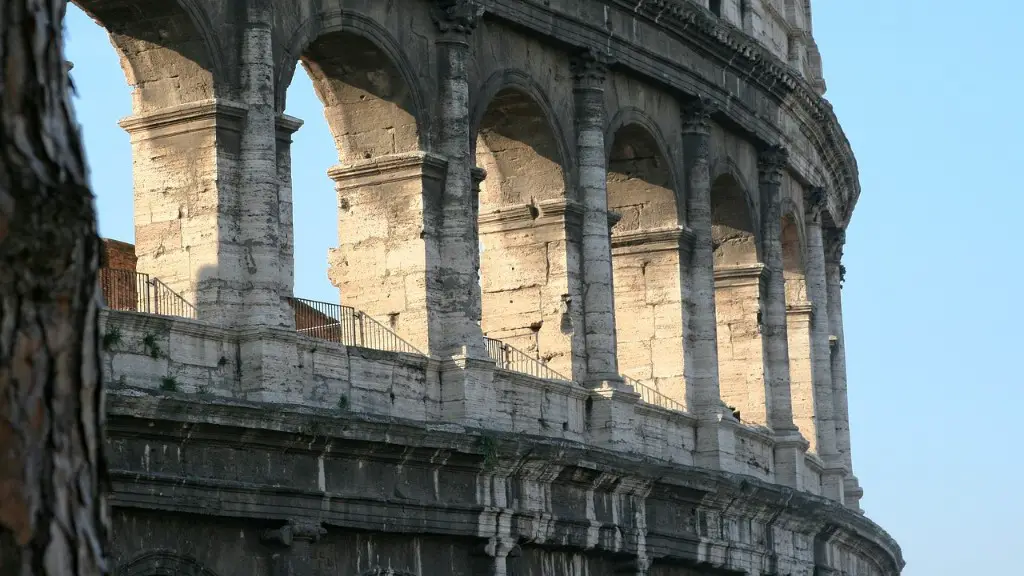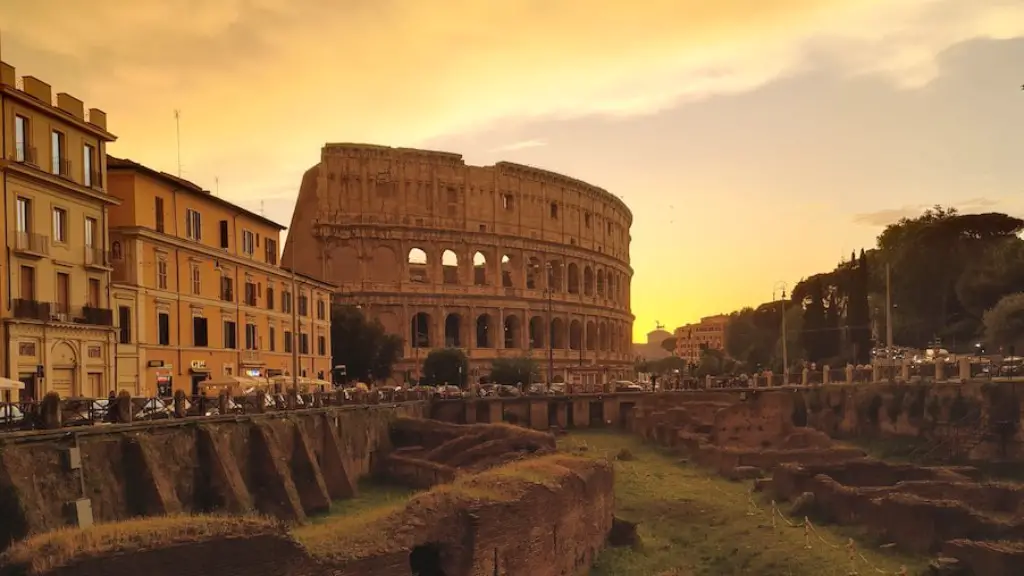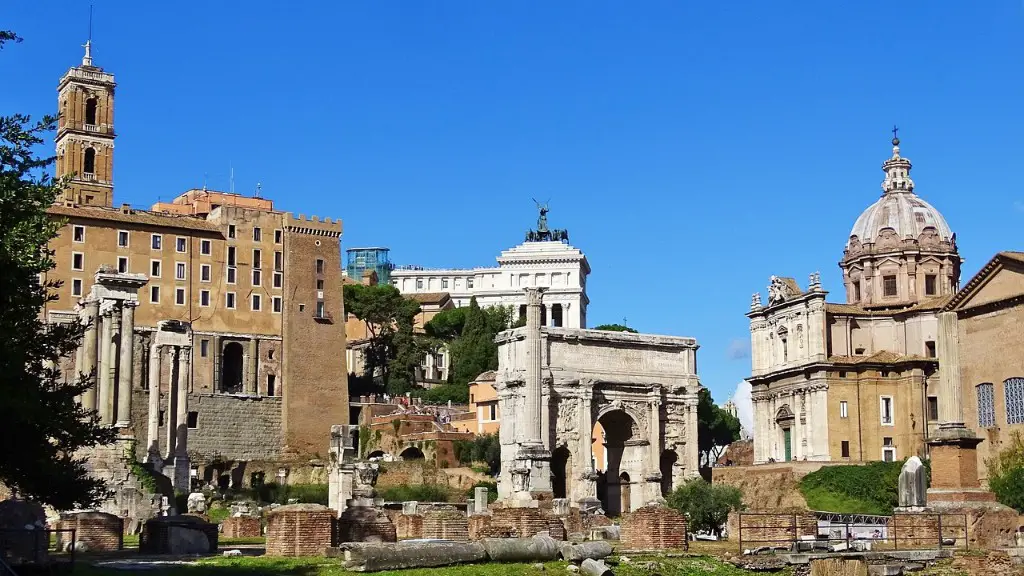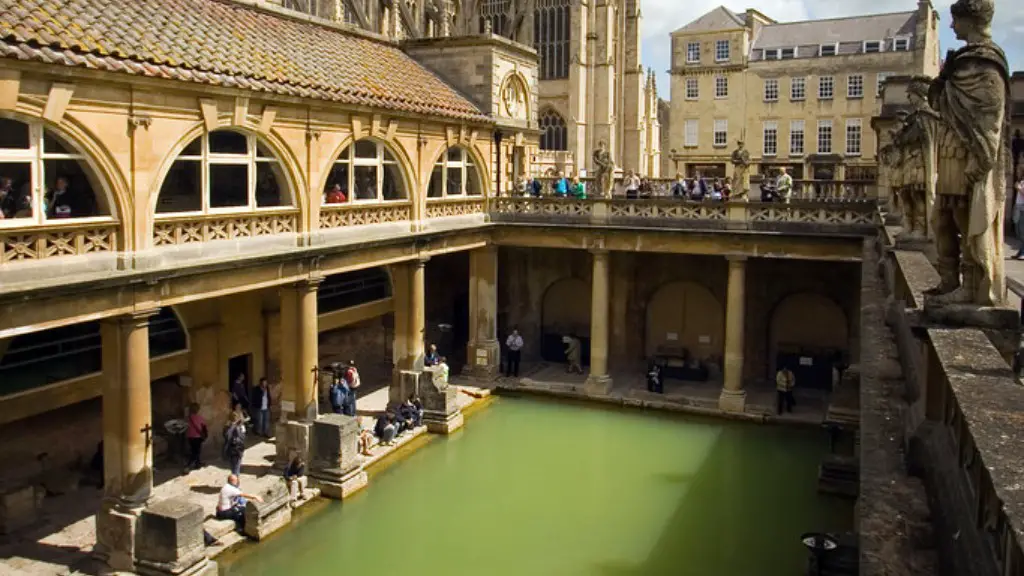The Roman Republic was founded in 509 B.C., when the last king of Rome, Lucius Tarquinius Superbus, was overthrown by the Roman people. While historians might disagree about the exact year, the historical event that formally established the Roman Republic is widely believed to have occurred in this era, making it one of the most fascinating eras in Roman history.
When Rome had become a Republic, it was ruled by the citizens and their recently formed Senate: the ruling body of magistrates. The laws of the Republic were derived from earlier patrician custom and the mos maiorum, and the Senate held absolute power over all citizens. This included establishing laws and determining who would be Rome’s foreign enemies and allies.
The Republic was composed of two branches: the Senate and the Popular Assembly. The Senate was composed of upper-class Roman citizens who were appointed by the Roman people. These senators were responsible for the day-to-day running of the Republic. The Popular Assembly was made up of the people who elected their representatives to the Senate.
The Senate often clashed with the popular will of the people, and the Republic was often threatened by internal political strife. Despite this, the Republic managed to remain in power for centuries, outlasting all of its rivals and becoming one of the most powerful and influential states in the Mediterranean.
The Republic would eventually decline in the first century BC and was replaced by the Roman Empire under Augustus. This led to a new form of government where the emperor had all the power, while the people were reduced to mere subjects. This new government was much more centralized and powerful than the Republic, and it allowed Rome to become one of the most powerful empires in history.
The Roman Republic was one of the most impressive political successes in world history. It was a model of civic governance and a testament to the power of the people to form and maintain a successful government, even in the face of opposition from the elite. With its establishment of law and order and effective governance, the Republic set an example that is still recognized and admired in modern times.
Rise of Julius Caesar
The Republic was transformed in the first century B.C. when Julius Caesar rose to power. Caesar was a general and politician and rose to prominence through his military victories, eventually seizing control of the Republic and becoming its dictator. Caesar ruled for only a few years before he was assassinated by a group of senators.
Caesar’s death resulted in civil unrest, as the senators he had defeated and the citizens he had denied their rights fought back against the new government. These struggles resulted in Rome eventually dividing into three main factions: Octavian, Mark Antony, and Lepidus. At the end, Octavian emerged victorious and assumed the title of Augustus, establishing the Roman Empire.
Fall of the Republic
The fall of the Republic was triggered by a series of civil wars, which were caused by power struggles between different Roman political factions. The end of the Republic also had a dramatic effect on the Roman economy, which was allowed to collapse due to the lack of stability in the political structure.
The civil wars also resulted in a massive decrease in the population due to deaths and displacement, and caused a drastic decrease in trade as well. The Republic also lost its external power, as most of its allies and enemies either left or were destroyed in the civil wars.
The end of the Republic marked the beginning of a new era in Roman history, one where the people were no longer in control of their fate and the power of the emperor was absolute. This period of Imperial Rome would last until 476 A.D., when it was finally overrun by barbarian tribes.
Significance of the Republic
The Republic has left a lasting legacy in the world. It was a successful example of democracy and its tools of governance and law-making would become the standard for many societies around the world. The Republic also provided the context for the rise of Julius Caesar and the establishment of the Roman Empire.
Despite its eventual fall in 476 A.D., the Republic proved to be an enduring example of how a state can be successfully governed and how the people can control their own destiny. Its legacy lives on in its existence as an example of what is possible when citizens work together for the common good.
Impact on Politics Today
The Republic continues to have an influence today, as many of its ideals are still seen in modern politics. Its model of government and law-making is seen in many countries around the world. Its principles of democracy, equality before the law, and individual rights are still the foundation of many governments today.
In addition, the Republic is still admired for its ability to stand up in the face of adversity, to maintain stability in the face of political strife, and to successfully govern its people in the face of powerful ancient empires. Its ideals and principles continue to be the source of inspiration for many political systems around the world.
The Legacy of Ancient Rome
The legacy of ancient Rome is one of the most enduring and influential legacies in world history. Its tools of governance and law-making, as well as its achievements in politics, art, literature, and science, continue to be admired and studied today.
The Roman Republic is a particularly important part of that legacy. Its example of how citizens can form their own government, how the people can take control of their destiny, and how the rule of law can be successfully maintained, continue to be an inspiration for many governments and citizens around the world.
Modern Interest in Ancient Rome
The legacy of ancient Rome continues to draw the interest and fascination of people around the world. Its history has been explored and celebrated in literature, film, and television and is still the source of endless fascination and admiration.
Ancient Rome has come to symbolize power, strength, and stability, and its legacy continues to shape the world around us. Its legacy and its legacy of the Republic are still celebrated and studied, and many people look to it for inspiration and guidance when forming their own governments and approaches to governance.
Conclusion
The Roman Republic was one of the most impressive political achievements in world history. Its establishment in 509 B.C., and its eventual fall in 476 A.D., mark a significant and interesting era in Roman history. Even today, its principles of law-making, democracy, and individual rights continue to be admired and studied. Its example of how a successful state can be governed is an inspiration to many governments and citizens around the world, providing inspiration and guidance on achieving stability and prosperity.





